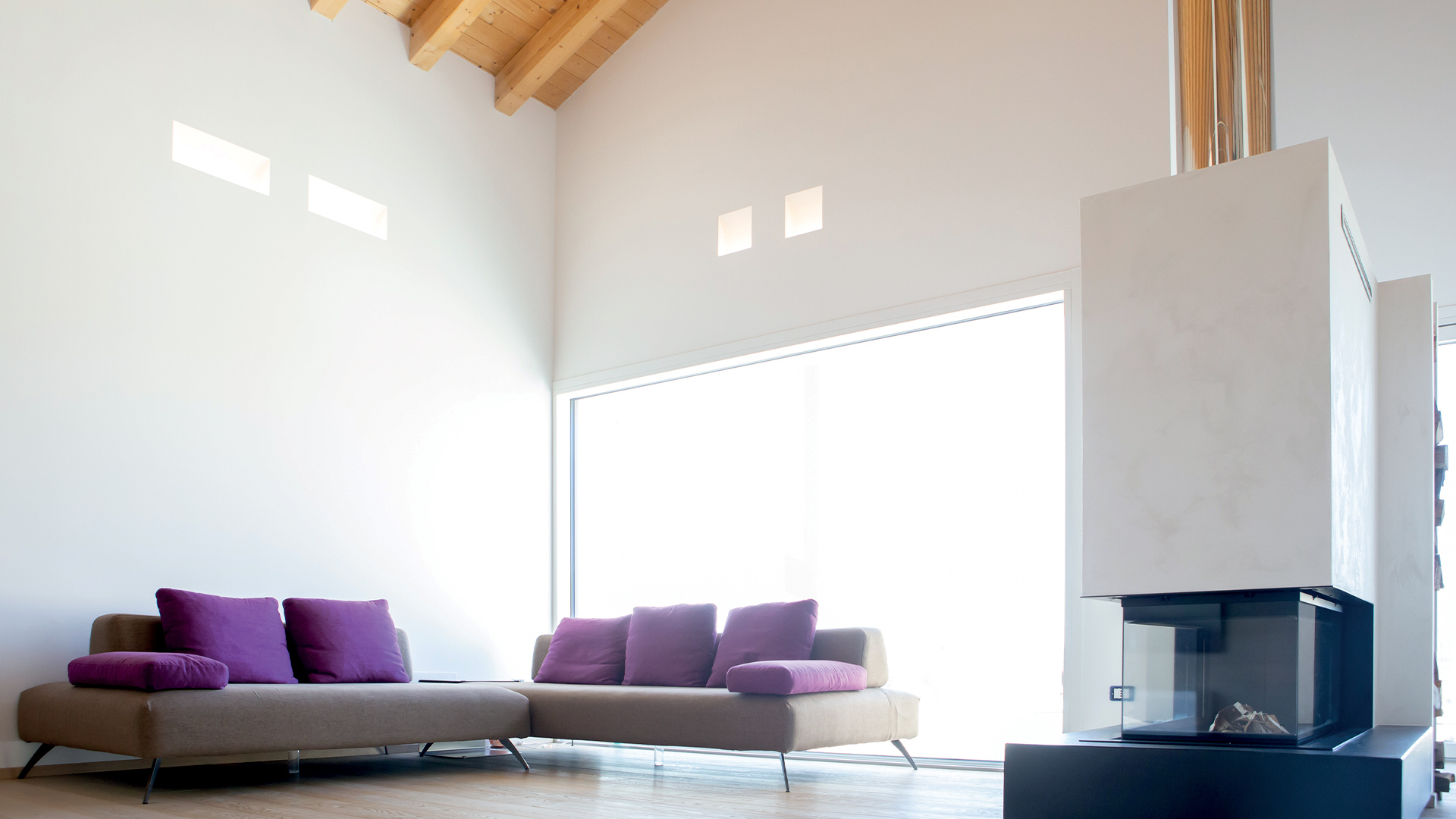
The Color Rendering Index (CRI), also known as the Color Rendering Index, is a quantitative measure of a light source's ability to faithfully render the colors of objects under its illumination. In simpler terms, the CRI indicates how natural and realistic the colors illuminated by an artificial source appear compared to how they would be seen under sunlight, considered the absolute reference for color rendering.
The CRI index is expressed with a numerical value between 0 and 100. A CRI of 100 represents the maximum color rendering, equivalent to sunlight, while a CRI of 0 indicates a very poor color rendering, with colors appearing distorted and unnatural.
Very often the CRI is confused with the color temperature. It is important to emphasize that CRI and color temperature are two distinct and complementary parameters. The CRI indicates the fidelity with which the light reproduces colors, while the color temperature defines its warm, neutral, or cold tone.
Why is CRI important?
Choosing light sources with a high CRI is essential for several reasons:
better color perception: a high CRI allows you to accurately distinguish between different shades of color, creating a brighter and more pleasant environment. This aspect is particularly important in contexts such as clothing stores, museums, art studios, and homes, where faithful color rendering is crucial to fully appreciate products, works of art, or furnishings;
greater visual comfort: light with a low CRI can strain eyesight and cause visual stress, generating headaches, eye fatigue, and difficulty concentrating. On the contrary, lighting with a high CRI promotes visual comfort and contributes to creating a more relaxing and productive environment;
safety and productivity: in some environments, such as industrial or healthcare settings, accurate color rendering is essential to ensure safety and productivity. A high CRI allows you to correctly distinguish danger signals, details of objects and tools, and the colors of materials and products, minimizing the risk of accidents and errors.
How to choose the right lighting based on CRI
The choice of the right CRI for a specific environment depends on several factors, including:
type of environment: in general, for residential environments, light sources with a CRI of at least 80 are recommended, while for professional activities and spaces such as museums, theaters, hotels, and shops that require exceptional color rendering, the CRI should be higher than 90;
lighting function: accent, decorative, or work lighting requires a higher CRI than general lighting, where color rendering can be slightly lower;
desided effect: the color temperature of the light (warm, neutral, or cold) influences the perception of colors. Warm light can accentuate red and orange tones, while cold light can enhance blue and green tones.
9010novantadieci: high CRI lighting solutions
9010novantadieci offers a wide range of high CRI lighting solutions, designed to meet the needs of every type of environment.
CRI higher than CRI 85 and CRI 90 for all indoor lamps: 9010novantadieci offers indoor lamps, such as wall lamps, recessed lights, LED profiles with excellent color rendering for all indoor environments, ensuring that the colors of furnishings, accessories, and works of art are enhanced;
CRI 80 for outdoor items: even for outdoor spaces, 9010novantadieci offers garden path markers, outdoor bollard lights, and outdoor recessed lights with a CRI of at least 80, offering good color rendering and ensuring optimal visibility and a pleasant atmosphere.
Final considerations
The Color Rendering Index (CRI) is a fundamental parameter for the choice of light sources in various contexts, both residential and commercial. Understanding the meaning of CRI and its relevance for the quality of light allows lighting designers to select solutions that can meet the specific needs of each environment, guaranteeing visual comfort, well-being, and faithful color rendering.
Our experts are available to provide you with personalized advice and help you choose the ideal lighting solutions for your projects, considering both CRI and color temperature.